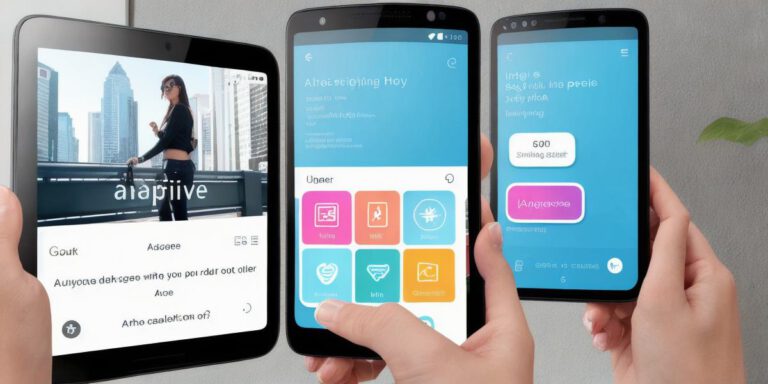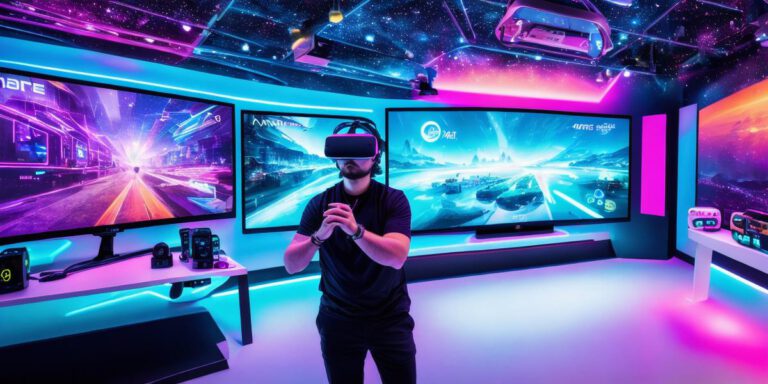Immersive Customer Experiences with VR and AR Technologies: Elevating Engagement to New Heights

As technology continues to advance, virtual reality (VR) and augmented reality (AR) have emerged as powerful tools for creating immersive customer experiences. In this article, we will explore the potential of VR/AR technologies to elevate engagement with customers and why developers should consider incorporating these tools into their products and services.
One of the primary advantages of VR/AR technologies is that they allow customers to experience a product or service in a more interactive and engaging way. By providing a fully immersive environment, VR/AR technologies can help to create a sense of presence and realism that traditional media cannot match.
For example, a car manufacturer could use VR technology to allow customers to take a virtual test drive of their latest models. This would provide customers with a more realistic and engaging experience than simply looking at pictures or watching a video, and it would also give the manufacturer an opportunity to showcase the unique features of their products.
Another key benefit of VR/AR technologies is that they can help to personalize the customer experience. By allowing customers to interact with virtual objects and environments in real-time, VR/AR technologies can provide a highly customized experience that reflects the individual preferences and needs of each customer.
This is particularly true in industries such as healthcare and education, where VR/AR technologies can be used to create highly personalized and interactive learning experiences for patients or students. For example, a medical student could use AR technology to visualize complex anatomical structures in 3D, allowing them to gain a deeper understanding of the human body and its functions.
Research has shown that VR/AR technologies can also be highly effective at driving engagement and retention. A study conducted by Stanford University found that customers who used VR technology to try out a product were more likely to make a purchase than those who simply looked at pictures or videos of the same product.
Furthermore, VR/AR technologies have been shown to be highly effective at increasing customer loyalty and brand affinity. By providing a unique and engaging experience that cannot be replicated elsewhere, VR/AR technologies can help to create a strong emotional connection between customers and a brand, leading to increased loyalty and repeat business.
In conclusion, VR/AR technologies offer a powerful tool for elevating engagement with customers and creating immersive experiences that drive retention and loyalty. As developers, it is important to stay up-to-date with the latest trends and innovations in this field and consider incorporating these tools into your products and services. By doing so, you can create a highly engaging and personalized experience for your customers, leading to increased sales and long-term success.








